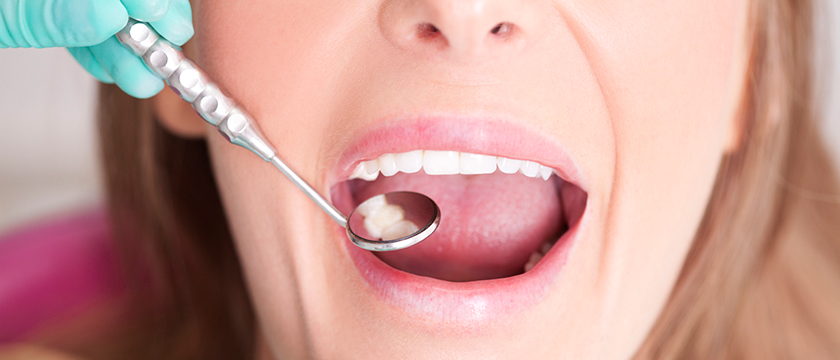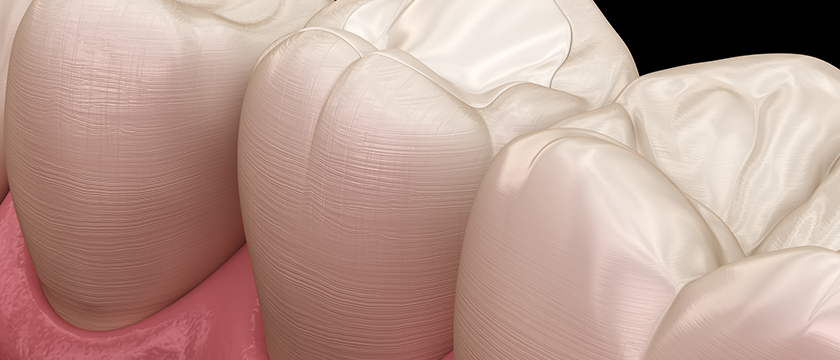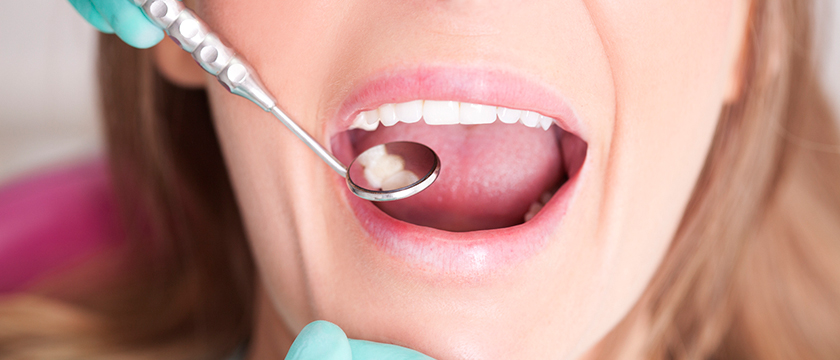Blog
 10 Nov 2023
10 Nov 2023
Your Complete Guide to Tooth Cavities
Dental cavities are tiny holes that develop in the surface of your tooth’s enamel. Over time, this hole grows deeper and deeper, finally reaching the inside of your tooth and causing it to decay.
 05 Mar 2023
05 Mar 2023
A Parent’s Guide to Prevent Tooth Decay in Children
If you think your child is too young to worry about cavities, think again. Tooth decay can set in as soon as your child has a single tooth in their mouth.
 09 Jul 2022
09 Jul 2022
Tooth Decay: Symptoms & Treatment
Tooth decay is a common yet serious condition that can lead to many complications for your teeth, gums, and overall health. Thankfully, there are many ways to treat tooth decay and stop it from progressing to its more dangerous advanced stages. Keep reading to learn more about tooth decay and its symptoms and learn some tooth decay tips from our expert team.
 22 May 2022
22 May 2022
8 Things You Should Know About Tooth Decay
Tooth decay is one of the most common oral health problems worldwide. Every time you eat, the sugars in the food you consume feed the bacteria that live in your mouth. When these bacteria eat these sugars, they secrete acid that damages your teeth and promotes decay.
 10 Nov 2021
10 Nov 2021
A Complete Guide to Tooth Decay
Tooth decay is one of the most common afflictions among Canadians. In fact, 96% of the adult population has had at least one cavity in their life. Cavities also become more common the older you get.
 10 Aug 2021
10 Aug 2021
A Complete Guide to Dental Crowns for Oral Care
Dental crowns, sometimes also called caps, are small, tooth-shaped covers that are placed over a natural tooth. These prosthetics extend to the gum line, covering the affected tooth from top to bottom.
A well-made crown looks just like a natural tooth and allows you to chew food the same way you would with your original dentition. This makes crowns an excellent solution for both aesthetic and functional oral issues. You can learn more about this time-tested dental care option in the guide below.
 05 Jun 2021
05 Jun 2021
Silver or White Dental Fillings – Which Should You Choose?
Sooner or later, nearly every adult will need to visit their dentist for a dental filling. 96% of Canadian adults have some history of cavities, and most develop more than one in their lifetime.
Dentists typically use one of two options to fill in the spots where a cavity has damaged a tooth: silver or white fillings. This guide will help you learn about each type and give you the information you need to choose the right filling for your dental needs.
 10 Mar 2021
10 Mar 2021
How to Address and Treat Dental Cavities
Dental caries, commonly known as tooth decay, are the cause of one of the most common dental problems – cavities.
Dental caries originate from several strains of mutans streptococci bacteria. When these bacteria consume sugars from the food you eat, they secrete acid that breaks down your tooth’s protective enamel structures. Your saliva naturally repairs some of this damage, but if too much harm is done before your saliva can counteract the problem, a cavity begins to form.
If you believe that you have a cavity, please call our office at 647-371-1894 to book an appointment. Our team will be able to examine the area of concern and recommend appropriate treatment. If caught early, some cavities can be repaired without the need for anesthetic, so be sure to visit as soon as possible!
